
Six months after the floods, one of the most urgent issues facing the affected people is the alarming levels of malnutrition among children.
A report by UNICEF ‘Children in Pakistan: Six Months After the Floods’ presented an analysis from July 2010 to January 2011 of the reach and scale of the disaster, UNICEF’s response and the growing needs that continue to alarm relief organisations.
To put the malnutrition crisis in perspective, the report presented Global Acute Malnutrition (GAM) and Severe Acute Malnutrition (SAM) rates in the flood-hit areas of Punjab and Sindh, released in late January 2011 by the Sindh and Punjab departments of health.
A GAM rate reveals how many children in a given population are moderately or severely malnourished, while SAM is an acute state which makes a child 10 times more likely to die before his fifth birthday compared to a healthy child.
The World Health Organization gives 15 per cent as the emergency threshold level to trigger a humanitarian crisis.
In Northern Sindh, the GAM rate is 23.1 per cent and in Southern Sindh, it is 21.2
per cent.
The SAM rate in Northern Sindh is 6.1 per cent, posing an immediate threat to the lives of 61,000 children.
In Punjab, data reveals a GAM of 14 per cent, just below the emergency level and an SAM rate of 3.6.
Survey results from Khyber-Pakhtunkhwa and Balochistan are expected this month.
If the severely malnourished children survive, their development and learning is poor, limiting their chances of sustainable employment
as adults.
On the whole, 10 million children have been affected by the floods, leading to a disturbing increase in child labour and begging.
Stories shared in the report present hope, that with timely help and support, the lives of children can be saved.
Three-year-old Abdul of Sardarpur Village in Sindh, where floods displaced 2,000 people, was identified in October 2010 as a malnourished child by a lady health worker. His weight was only 9.4 kg. His life was saved after being enrolled in an outpatient therapeutic programme and given ready-to-use food with nutrients. Showing miraculous improvement, he now weighs 10.9 kg.
The story of 14-year-old Sobia is a touching one. Married at the age of 13, she was found in a tent in Charsadda, eight months pregnant. Quite, shy and suffering from anaemia, she was given psychological and medical help through UNICEF’s partner organisations. Now, she has a two-and-a-half month baby
girl, Haseena.
“I will make sure she is not married at an early age. She will not suffer like me,” the report quotes Sobia.
Similarly, Umair, seven, was a withdrawn, aggressive boy from Charsadda whose mother had died soon after the roof of their mud house collapsed over them. Through regular counselling sessions, his condition remarkably improved. He now lives with his grandmother, goes to school and visits the UNICEF-supported Child Protection Centre. His dream is to be a doctor one day and look after his grandmother.
The report also highlights the relief measures taken by UNICEF and its partner organisations.
With more than 1.8 million children in danger of not being able to go back to school after the floods, UNICEF supported setting up 2600 temporary learning centres, providing assistance to 199,400 children.
Around 9.6 million children were immunised against polio and 8.6 m against measles.
But the report recognises that the challenge is far
from over.
To date, UNICEF has received US $198 million in donations and pledges out of the US $251m it requires. A funding gap of 21 per cent remains. Overall, the World Bank estimated recovery costs to be between US $8-10 billion.
However, a lot more is needed to provide support and care to the many people who remain in camps, sometimes with no water facilities, shelter or food supplies.
Published in The Express Tribune, February 11th, 2011.

















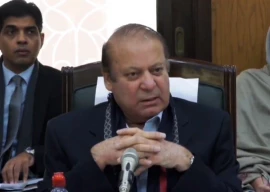
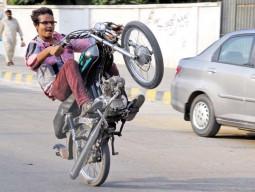
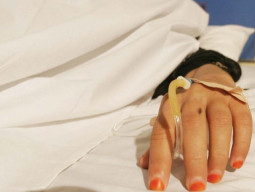
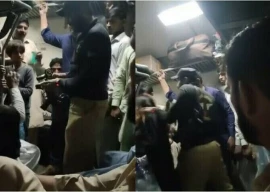
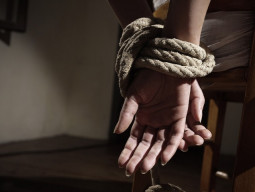
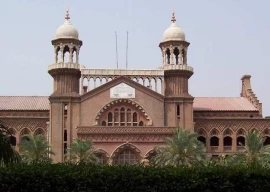














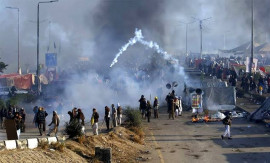






COMMENTS
Comments are moderated and generally will be posted if they are on-topic and not abusive.
For more information, please see our Comments FAQ